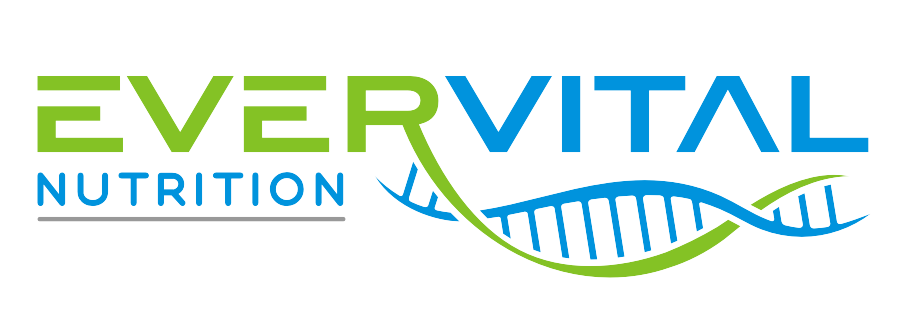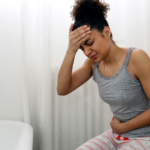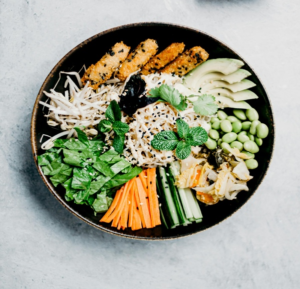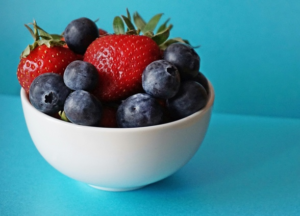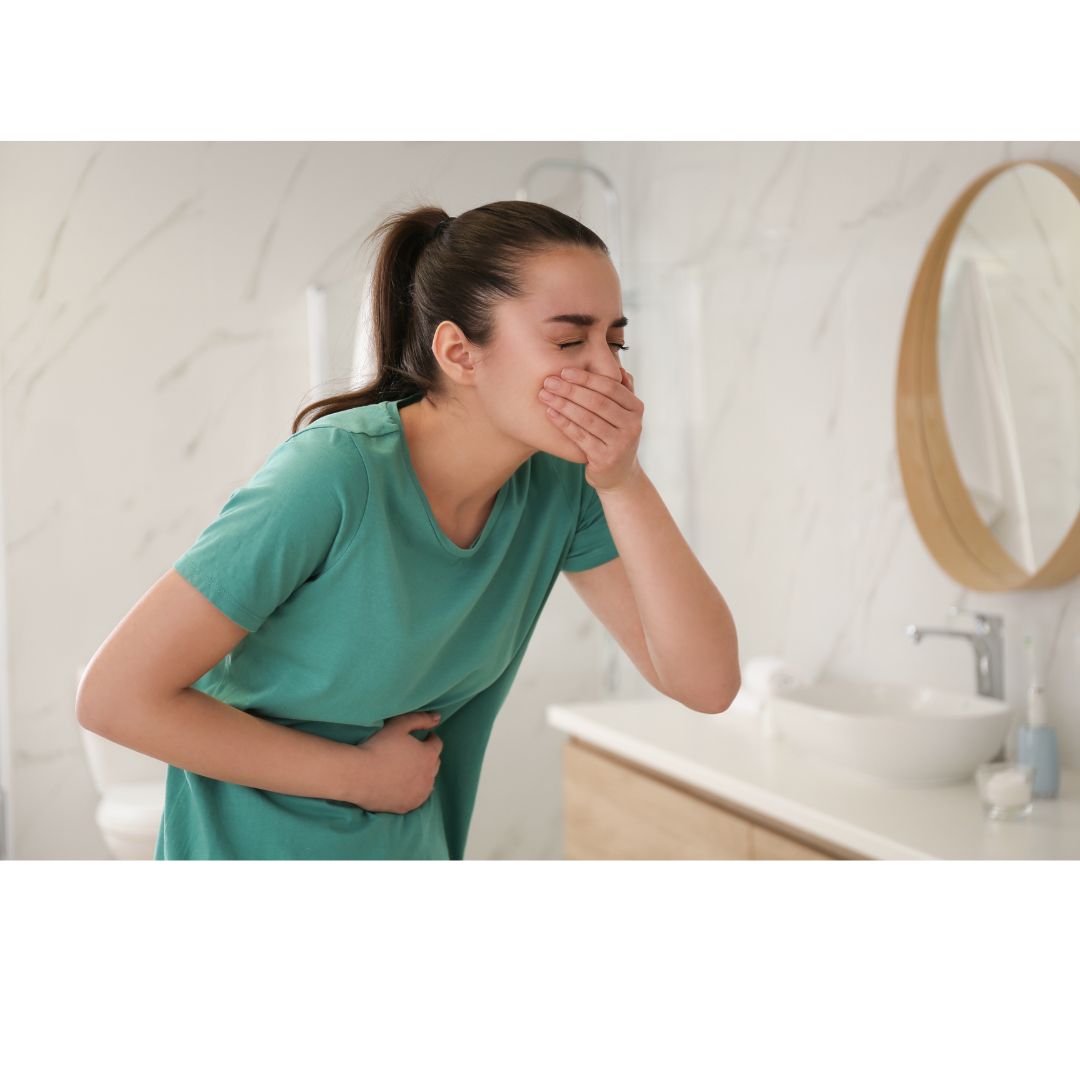
The journey towards weight management with GLP-1 receptor agonists for weight loss can be incredibly empowering. These medications, such as semaglutide (Wegovy, Ozempic), liraglutide (Saxenda), and tirzepatide (Zepbound, Mounjaro), work by mimicking the action of the natural glucagon-like peptide-1 hormone in your body.
This leads to various beneficial effects, including slowed gastric emptying (this is temporarily beneficial, but long-term, this just means constipation is your new normal and SIBO is a possibility), increased satiety, and improved blood sugar control. However, side effects are quite common. A common hurdle many people deal with is nausea as a side effect of GLP-1 weight loss drugs.
Understanding the Gut-Brain Axis and GLP-1 Induced Nausea
As a gut health dietitian, I understand the complex connection between your gut and your mood, aka the gut-brain axis. The slowed gastric emptying caused by GLP-1 medications and digestive upset directly impacts this connection, potentially leading to feelings of nausea. While this side effect is often temporary and manageable, understanding how to support your gut is crucial for a smoother and more comfortable experience on your weight loss journey with prescription GLP-1 medications for obesity.
Look, if GLP-1 meds are a long-term consideration for you, feeling queasy on a daily basis is not the recipe for a happy life, no matter how much weight you’re losing.
This comprehensive post will delve into evidence-based strategies, rooted in gut health principles, to help you effectively manage nausea from GLP-1 drugs and optimize your digestive comfort. We will explore dietary changes, lifestyle modifications, and targeted gut-supportive techniques to help you stay on track with your GLP-1 weight management plan without feeling all pukey on a daily basis.
So, let’s go!
🎁 FREE DOWNLOAD GLP-1 Medications & Gut Health: Essential Tips – Grab it Here
Understanding Why GLP-1s Cause Nausea: The Gut Physiology Perspective
To effectively address nausea as a side effect of GLP-1 agonists, it’s essential to understand the why this side effect can happen. GLP-1 primarily acts on receptors in the gastrointestinal tract, slowing down the movement of food through the stomach (gastric emptying). This delayed gastric emptying, while beneficial for weight management, can sometimes lead to feelings of fullness, bloating, and ultimately, nausea. You may also be dealing with constipation… if so, head over here to read about how to manage that lovely little symptom.
Key Factors Contributing to GLP-1-Induced Nausea:
- Individual Variability: The severity and duration of nausea can vary significantly from person to person. Factors such as individual gut microbiome composition, existing digestive sensitivities, and overall gut health can influence how well you tolerate GLP-1 medications.
- Medication Dose and Timing: Increasing the dosage of your GLP-1 medication can sometimes exacerbate nausea. Similarly, the timing of your medication administration in relation to meals can also play a role.
- Dietary Factors: Certain food choices can trigger or worsen nausea. High-fat, greasy, or spicy foods may be more difficult to digest and can exacerbate symptoms.
- Hydration Status: Dehydration can intensify nausea. Maintaining adequate fluid intake is crucial, especially when experiencing digestive upset.
Strategies for Managing GLP-1-Induced Nausea: A Gut-Health Focused Approach
- Dietary Adjustments:
- Prioritize Bland, Easily Digestible Foods: Opt for easily digestible foods such as:
- Lean Protein: Grilled fish, chicken, bison, lamb, elk, tofu, beans, lentils
- Complex Carbohydrates: Whole grains like black rice, quinoa, or oats
- Fruits: Bananas, applesauce, melon
- Vegetables: Steamed or roasted vegetables, such as carrots, zucchini, and sweet potatoes rather than a giant bowl of raw veggies
- Limit Trigger Foods: Avoid or limit:
- High-Fat Foods: Fried foods, fatty meats, processed foods
- Spicy Foods: Chili, hot peppers, and spicy sauces
- Greasy Foods: Fast food, greasy burgers, and pizza
- Sugary Drinks and Processed Foods: Limit sugary beverages, soda, and excessive sugar intake overall.
- Small, Frequent Meals: Instead of three large meals, try eating smaller, more frequent meals throughout the day to reduce the burden on your digestive system.
- Hydration is Key: Drink plenty of fluids, such as water, clear broths, and herbal teas. Consider electrolyte drinks to replenish essential minerals. We love LMNT. Get a free sample pack here.
- Fiber Considerations: While fiber is essential for gut health, excessive fiber intake can sometimes worsen nausea. Gradually increase fiber intake to avoid sudden digestive upset. Best soluble fiber sources include: apple, banana, berries, pear, avocado, legumes, lentils, green peas, rice, oats, black or brown rice, carrots, sweet potatoes, broccoli and Brussels sprouts. Read more about the different sources of fiber here.
- Lifestyle Modifications:
- Mindful Eating: Practice mindful eating techniques, such as eating slowly, chewing thoroughly, and paying attention to your body’s hunger and fullness cues.
- Stress Management: Stress can exacerbate digestive issues. Incorporate stress-reducing techniques such as yoga, meditation, or deep breathing exercises into your daily routine.
- Physical Activity: Regular physical activity can improve digestion and overall gut health. However, avoid strenuous exercise immediately after meals, as it can worsen nausea.
- Adequate Sleep: Ensure you’re getting enough quality sleep, as sleep deprivation can negatively impact gut function.
- Gut-Supportive Strategies:
- Test Your Gut Microbiome: The community of organisms in your gut when you started taking GLP-1s, has a profound impact on how your body loses weight. Certain bacteria cause your body to hold onto weight, while the absence of other bacteria can slow down the loss as well. No worries though, we can test to see how the medication has impacted your unique gut microbiome. We’ll see actual numbers of the organisms present in your gut and those that are missing along with how your digestion is working. Read more about gut health testing here.
- Probiotics and Prebiotics: Consider incorporating probiotics and prebiotics into your diet. Probiotics are beneficial bacteria that support a healthy gut microbiome, while prebiotics are types of fiber that nourish these beneficial bacteria. Fermented foods like yogurt, kefir, kimchi, and sauerkraut are excellent sources of probiotics. Prebiotic-rich foods include onions, garlic, bananas, and legumes.
- Ginger: Ginger is a well-known natural remedy for nausea. Try ginger tea, ginger candies, or ginger supplements. Ginger can be magic for nausea. Read more about ginger’s benefit to your gut health here.
- Peppermint: Peppermint can also help soothe an upset stomach. Consider peppermint tea or peppermint capsules.
- Acupuncture and Acupressure: Some individuals find relief from nausea with acupuncture or acupressure.
When to Consult with Your Healthcare Provider
- Persistent or Severe Nausea: If nausea is persistent, severe, or significantly impacting your quality of life, consult your healthcare provider.
- Other Concerning Symptoms: If you experience any other concerning symptoms, such as severe abdominal pain, vomiting, or signs of dehydration, contact your healthcare provider immediately.
Hey, we know how frustrating gut symptoms can be… no one wants to feel pukey on a regular basis. By implementing these strategies and working closely with your healthcare team, you can effectively manage nausea while on GLP-1 medications and optimize your weight loss journey.
With the right approach, the journey with GLP-1 medications can be more comfortable and successful in helping you reach your health goals, but don’t wait until you’re struggling with side effects.
Download your free Tip Sheet today and start your GLP-1 journey with confidence. 🎁
Gut Health Diagnosis at EverVital Nutrition
Are you struggling with side effects of GLP-1 meds like “Ozempic face” (read about what that is here), diarrhea, constipation, cramping, or nausea?
We can help!
At EverVital Nutrition, we use specific diagnostic tools to determine your level of gastrointestinal overgrowth (which is very common with patients taking GLP-1 meds), digestive function, and inflammation. It’s a comprehensive gut microbiome test, rather than a guess.
To learn more about gut testing and get on the path to healing so you can keep the weight off and better manage side effects like constipation, bloating, gas, Ozempic Face or nausea, scan the code below to schedule your free gut health assessment today. It really is just that easy.


